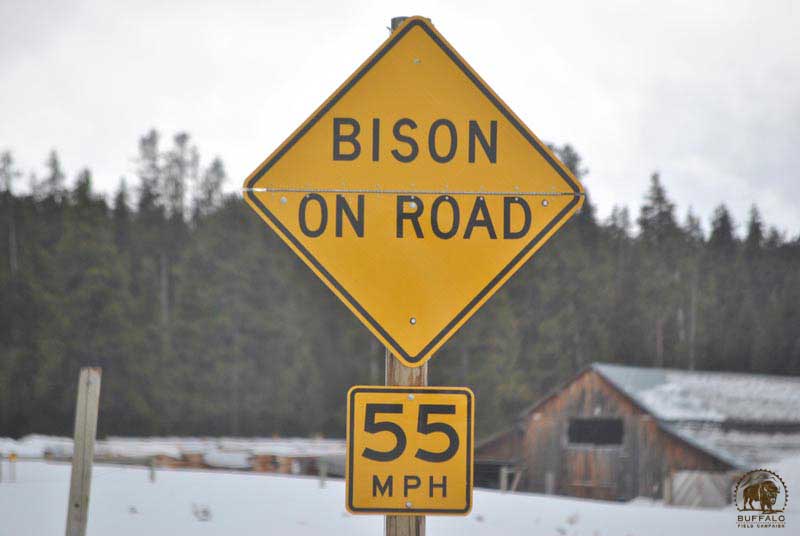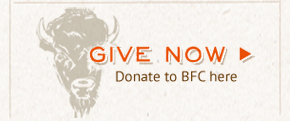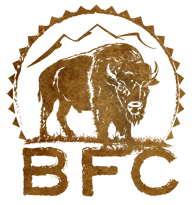Buffalo Field Campaign had the honor of meeting with members from the Montana Department of Transportation (MDOT) last week to discuss ways we can help prevent bison-vehicle collisions. The meeting was extremely positive and MDOT and state and county law enforcement are committed to taking actions that will help. Sadly, because our culture is so human-centric, MDOT said that even though so many buffalo have died, it was not feasible at this time to implement animal bridges or other large-scale infrastructure projects mainly because no humans have been injured or killed. Montana Fish, Wildlife & Parks and Gallatin National Forest both objected to fencing along the highway because of its perceived impact to other wildlife, and motorized recreation. Safe passage is still something MDOT and BFC would like to see and will continue to work towards, but in the interim here are the things we discussed that MDOT is committed to:
- As nearly every accident happens at night, the nighttime speed limit will be reduced from 70mph to 55mph. These limits will be in effect from March through May, starting this year. The new 55mph signs will have flashing lights, and state and county law enforcement are committed to being a presence on the roads to help ensure people slow down.
- MDOT will do outreach and education aimed at truckers and trucking companies (semis are the primary culprits in these collisions).
- MDOT has a mobile app that is heavily used by truckers and travelers which offers incident reports on road conditions, construction sites, accidents, and other dangers. MDOT will include an “incident” for our buffalo-stretch of highway. This app is used by more than 700,000 people.
- MDOT agreed to edit the big marquee signs which currently flash the message: “Watch for Wildlife / Animals on Road” so that it reads: “Watch for Wildlife / X Bison Killed Year-to-Date.” Having the word “bison” on these signs will alert anyone who reads them!
- Four of the yellow “Bison on Road / 55mph” signs that are located in key migration corridors will be replaced with similar flashing signs.
- MDOT, in the winter and spring, will plow out sections of snowbanks along the highway, which get very icy and hard, and are difficult for buffalo to navigate, which can keep them from being able to get off of the road. These plowed areas — which
- BFC will continue to do our work along the highways, night and day, and we will continue to educate our volunteers to keep everyone safe. We will organize another Highway Flagger Safety Course, and we will upgrade some of our night time highway gear — such as reflective gators - so volunteers are more visible.
This was, hopefully, the first of many meetings, and we know that these things will not prevent all accidents, but it’s a good start. We are truly pioneers of mitigating bison-vehicle collisions, and we are pleased to be able to partner with MDOT in this important effort. This is a unique situation because, outside of Montana's Hebgen and Gardiner Basins, there isn’t anywhere else in the country where wild, migratory bison live, so it’s the only place we have the opportunity to help buffalo who have to cross highways to reach critical habitat. We are grateful to MDOT for their willingness to help, and their openness to ideas. There isn’t any other government agency who has been so willing to work with us to help the buffalo. We are very pleased to enter into this relationship, and look forward to making improvements in the future.








